Tucson’s Top Color Trends for a Modern Home Makeover
When it comes to giving your home a fresh, contemporary makeover, the choice of colors plays a pivotal role. Tucson, known for its vibrant culture and artistic heritage, is a city that embraces the fusion of tradition and modernity. This article will explore Tucson’s top color trends for a modern home makeover, encompassing the latest palettes and styles that can transform any living space into a stylish sanctuary.
Understanding the Importance of Color Trends in Home Makeovers
Colors profoundly impact our emotions, perceptions, and daily experiences. In interior design, they can breathe life into a room, evoke specific moods, and reflect individual personalities. Staying updated with the latest color trends ensures your home remains fashionable and inviting.
The Impact of Color on Home Interiors
Psychological Effects of Colors
Certain colors have the power to evoke specific emotional responses. For example, warm colors such as red and orange have a tendency to promote feelings of energy and passion, while cooler tones like blue and green tend to induce a sense of calmness and relaxation. It is crucial to grasp these psychological effects when choosing colors for various rooms in your home.
Color Symbolism in Home Decor
Beyond emotions, colors also carry symbolic meanings. For instance, white represents purity and simplicity, while green signifies growth and renewal. Combining color psychology and symbolism can add depth and significance to your home’s interior design.
Embracing Modernity: Current Color Trends in Tucson
In recent years, Tucson has witnessed a shift towards contemporary color palettes that resonate with the city’s culture and environment. Here are some of the top color trends that are making waves in Tucson’s modern home makeovers:
Calming Neutrals: The Timeless Elegance
Neutral colors like beige, greige, and soft gray are versatile and timeless. They serve as an excellent base for any interior design style, allowing homeowners to add pops of color through furnishings and accessories.
Earthy Tones: Embracing Nature Indoors
Tucson’s love for nature is reflected in the increasing use of earthy tones such as terracotta, warm browns, and muted greens. These colors create a warm and inviting atmosphere, bringing the outdoors inside.
Vibrant Accents: Pops of Color for Visual Interest
Bold, vibrant colors like mustard yellow, teal, and coral are being used as accents to inject personality and visual interest into living spaces. They work exceptionally well against neutral backdrops.
Serene Blues: Creating Tranquil Spaces
Shades of blue, inspired by Tucson’s breathtaking skies, are being used to create serene and tranquil environments, particularly in bedrooms and relaxation areas.
Nature-Inspired Greens: Bringing the Outdoors In
Green is making a strong statement in Tucson’s interior design scene, with various shades like olive, sage, and eucalyptus being used to evoke a sense of serenity and connection to nature.
Color Trends for Specific Rooms
Each room in your home has its unique purpose and ambiance. Here are the top color trends for specific spaces:
Living Room: Warm and Inviting Hues
Opt for warm and inviting hues like soft browns, warm grays, and muted blues in the living room. These colors encourage relaxation and conversation among family and guests.
Bedroom: Creating a Relaxing Retreat
Consider soothing colors like calming blues, gentle greens, and lavender tones for the bedroom. These colors promote better sleep and a peaceful atmosphere.
Bathroom: Spa-Like Ambiance
Transform your bathroom into a spa-like sanctuary with earthy tones of beige, pale green, and subtle blues. These colors will create a soothing environment for self-care and relaxation.
Tips for Choosing the Right Colors
Selecting the right colors can be overwhelming. Here are some tips to help you make informed decisions:
Consider the Natural Light
Observe how natural light affects different areas of your home. Natural light can influence how colors appear, so it’s crucial to choose shades that complement your lighting conditions.
Complementing Existing Decor
Take into account your existing furniture and decor when choosing colors. Harmonizing colors with your current pieces ensures a cohesive and aesthetically pleasing interior.
Testing Samples before Painting
Before committing to a full paint job, test paint samples on your walls to see how they look at different times of the day. This will help you finalize your color choices with confidence.
DIY Home Painting Tips
If you’re taking on the task of painting your home yourself, follow these tips for a successful project:
Preparing the Surfaces
Ensure that the surfaces are clean, smooth, and free from any imperfections before starting to paint. Proper preparation is key to achieving a professional-looking finish.
Choosing Quality Paint
Invest in high-quality paint to ensure better coverage and longevity. Premium paints tend to provide more vibrant colors and require fewer coats.
Proper Painting Techniques
Practice proper painting techniques like using smooth, even strokes and allowing each coat to dry fully before applying the next one. This will result in a flawless and polished look.
Hiring a Professional Painter: When to Consider It
While DIY projects can be rewarding, certain situations call for professional help:
- When dealing with complex painting techniques or patterns
- If you have a large area to paint, such as an entire house
- When you lack the time or physical ability to handle the project yourself
Hiring a professional painter ensures that the job is done efficiently and with a professional touch, providing you with stunning results that match your vision.
Conclusion
Giving your home a modern makeover with the latest color trends can completely transform its ambiance and aesthetics. Tucson’s color trends focus on embracing nature, creating serene spaces, and incorporating vibrant accents for visual interest. Understanding the psychological effects and symbolic meanings of colors allows homeowners to make thoughtful choices that resonate with their preferences and lifestyles.
Whether you opt for calming neutrals, earthy tones, or nature-inspired greens, each color trend uniquely contributes to your home’s overall design. Consider the natural light, complement existing decor, and test paint samples before deciding. For DIY enthusiasts, following proper painting techniques and using quality paint will ensure a successful and satisfying project.
Hiring a professional painter is a wise investment for more complex or extensive projects, such as painting an entire house or implementing intricate patterns. Their expertise and experience guarantee a flawless finish, making your home stand out in Tucson’s vibrant and artistic community.
FAQs (Frequently Asked Questions)
1. How do colors affect the mood of a room?
Colors can influence emotions and moods in various ways. Warm colors like red and orange can evoke energy and excitement, while cooler tones like blue and green promote calmness and relaxation.
2. Are neutral colors boring?
Neutral colors are anything but boring. They provide a timeless and versatile backdrop for any interior design style, allowing you to add personality through accessories and furnishings.
3. Can I use bright colors in a small room?
Yes, you can use bright colors in a small room, but balancing them with neutrals is essential to avoid overwhelming the space. Bright accents against neutral walls can create a visually appealing and dynamic environment.
4. How do I choose the right color for my bedroom?
When choosing a color for your bedroom, consider calming and soothing hues like soft blues, greens, or lavender. These colors promote relaxation and better sleep.
5. Should I hire a professional painter for my home makeover?
Hiring a professional painter is a good idea when dealing with complex techniques, painting large areas, or lacking the time and physical ability for a DIY project. Professionals ensure excellent results and save you time and effort.
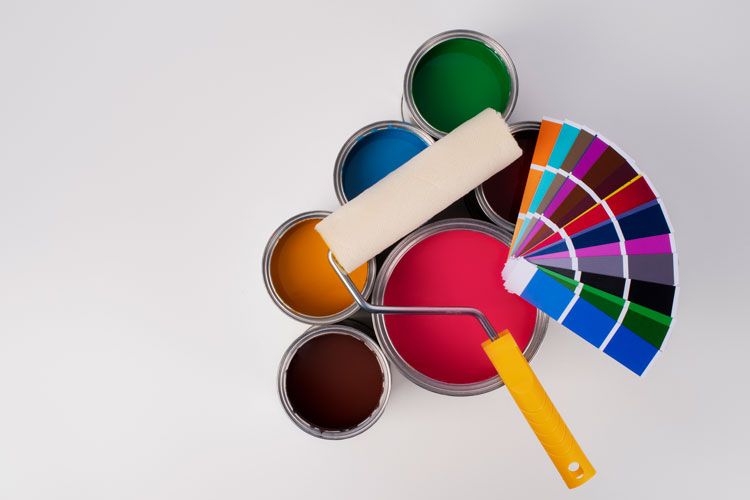
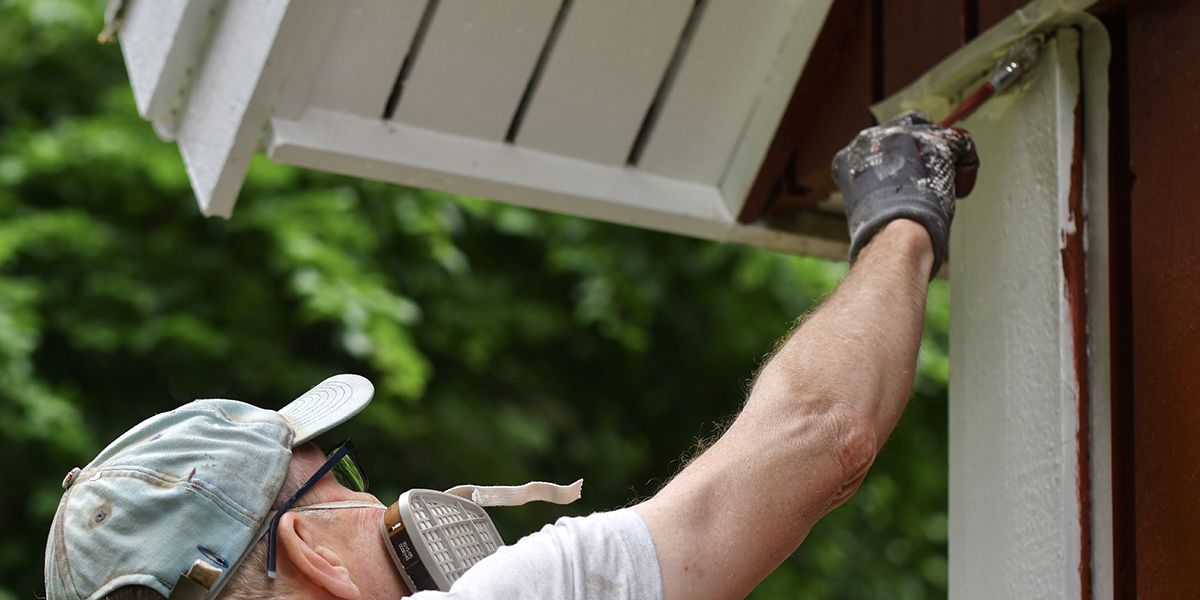
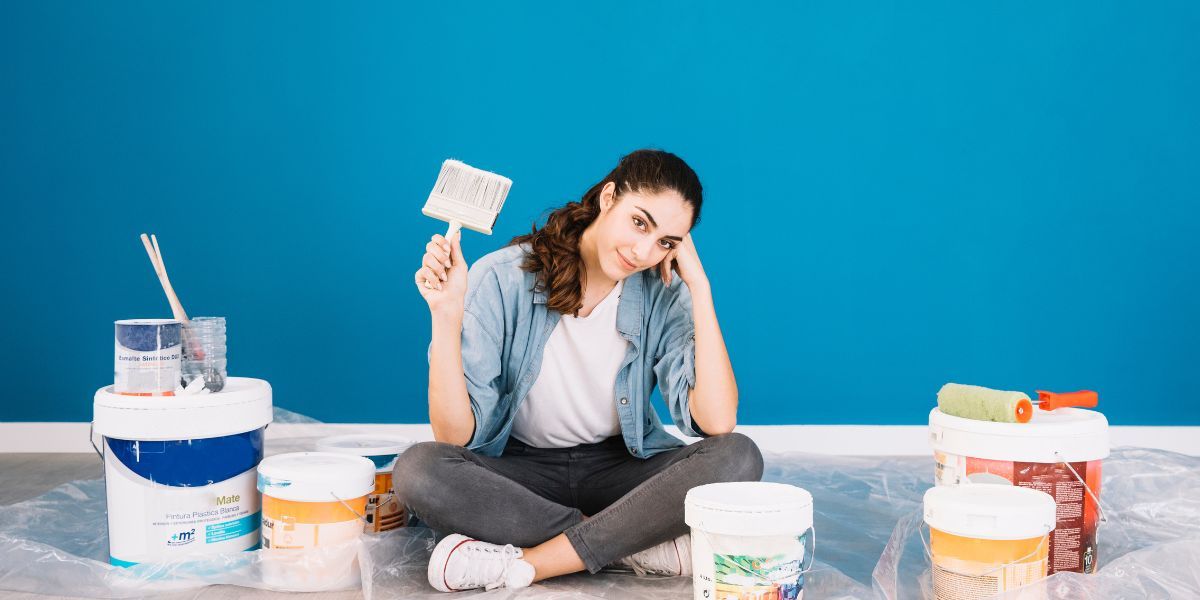
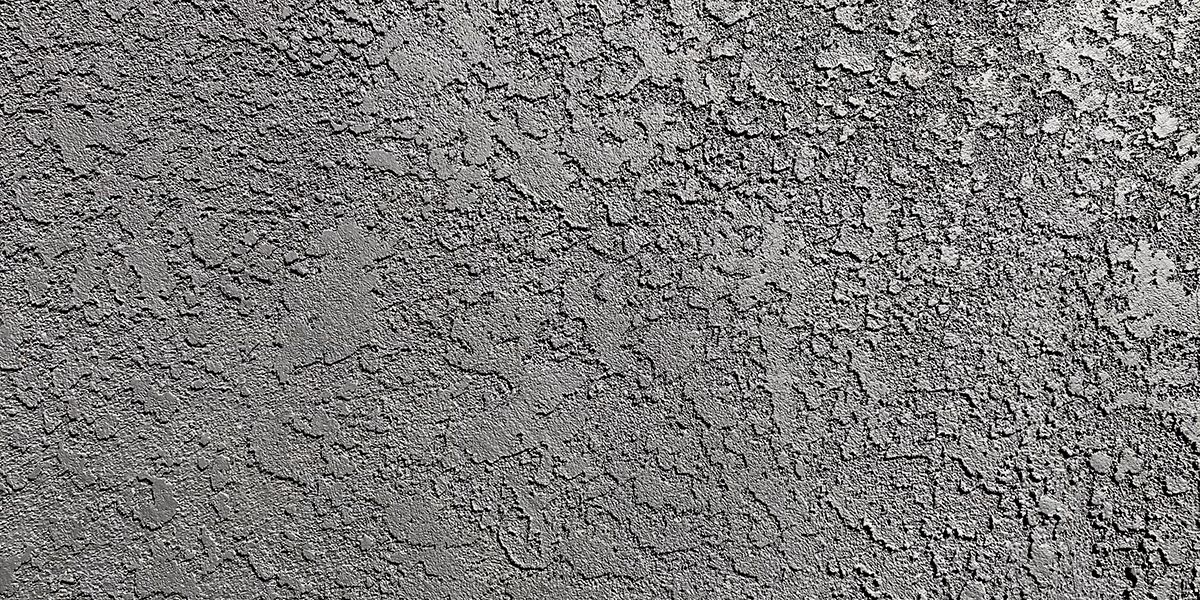
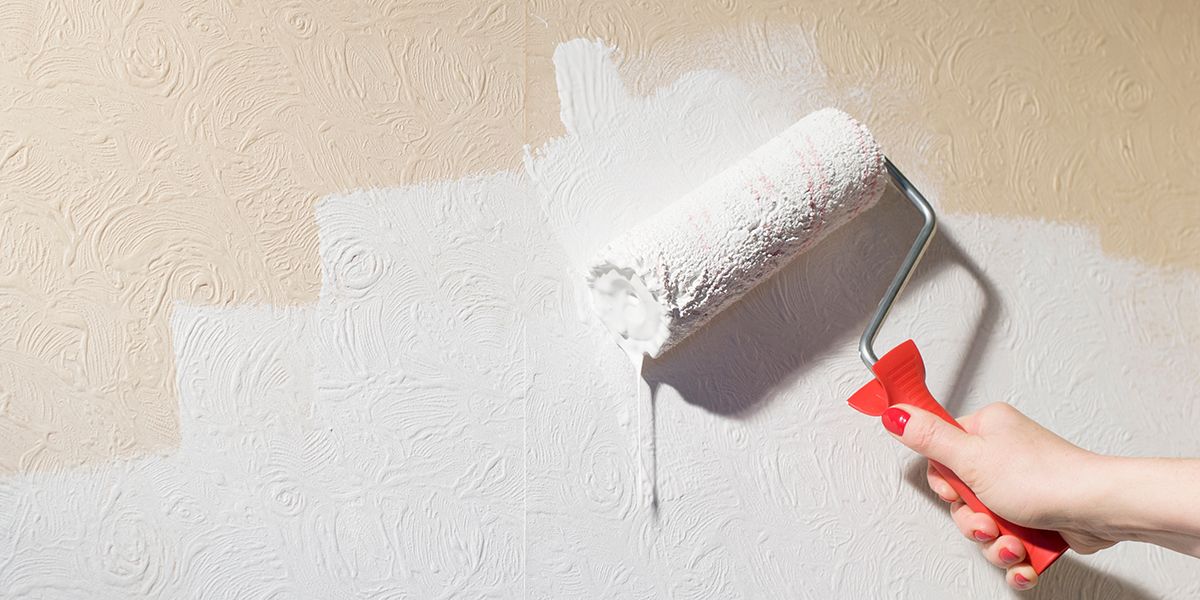
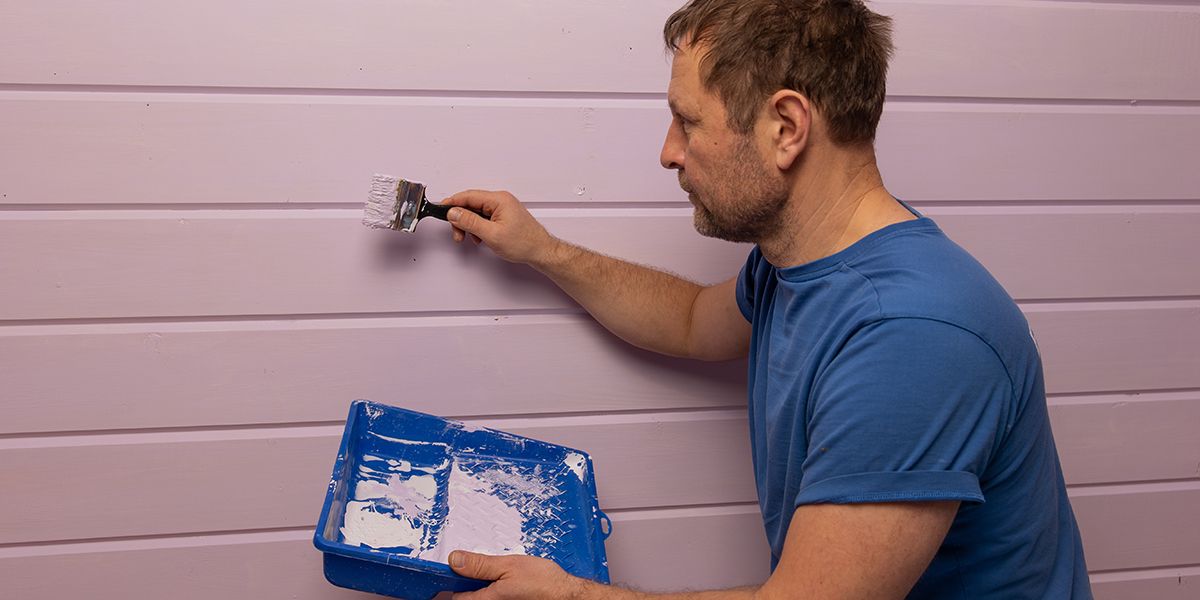
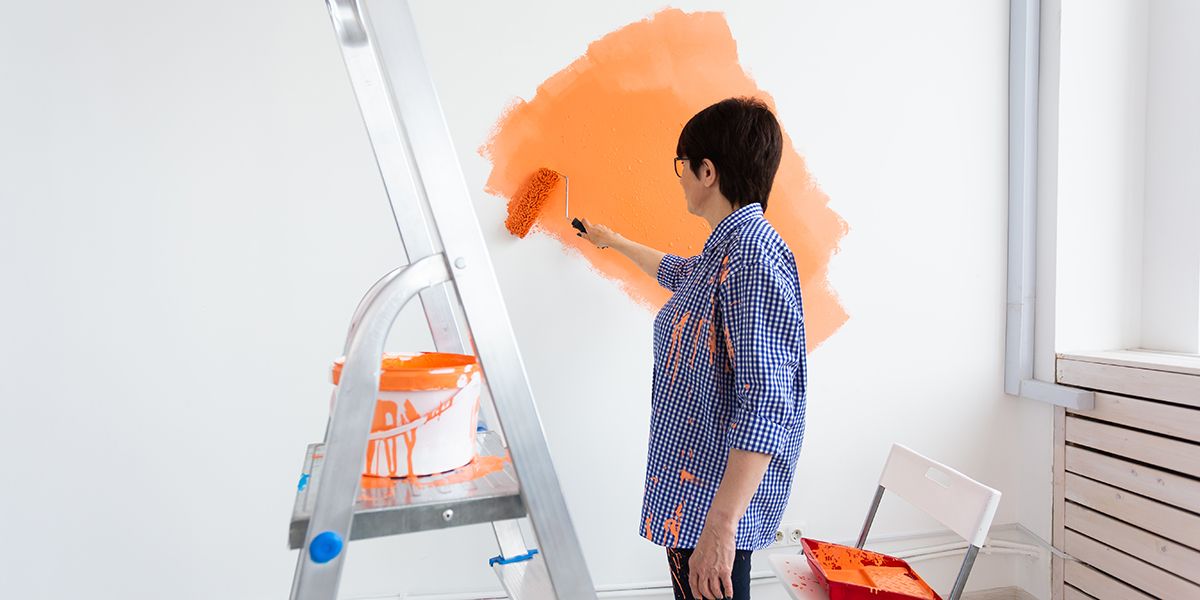
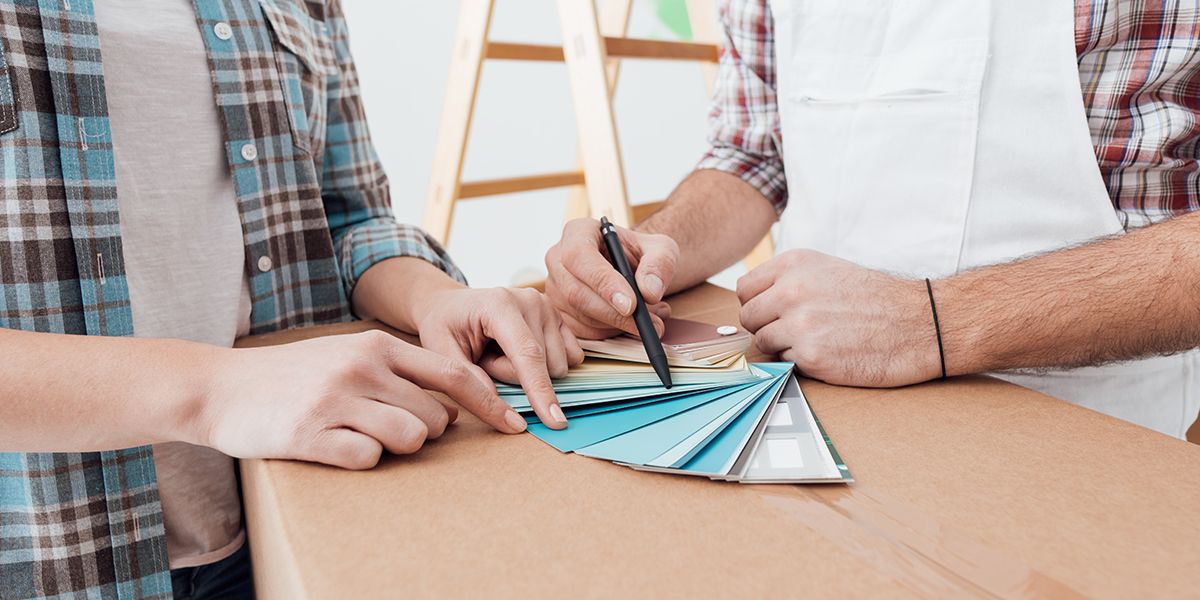
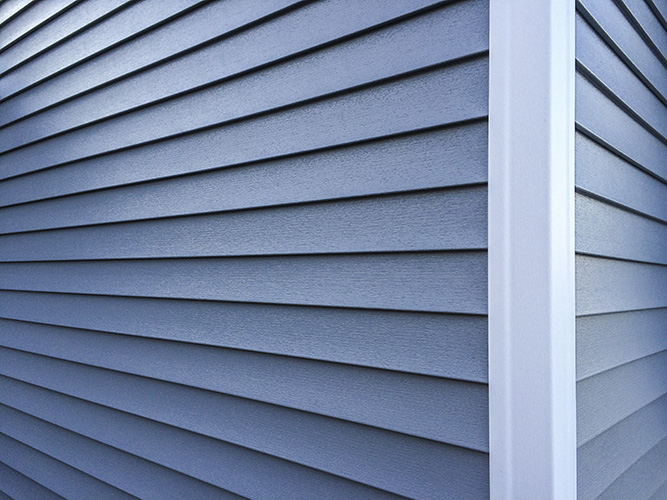 Vinyl siding is a hardened, durable plastic wrapping for your home used for waterproofing and aesthetic reasons. They are low maintenance and can last as long as 40 years if cared for properly.
Vinyl siding is a hardened, durable plastic wrapping for your home used for waterproofing and aesthetic reasons. They are low maintenance and can last as long as 40 years if cared for properly.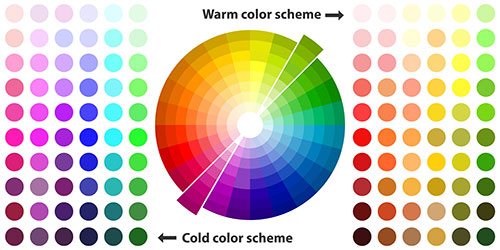 Autumn Red
Autumn Red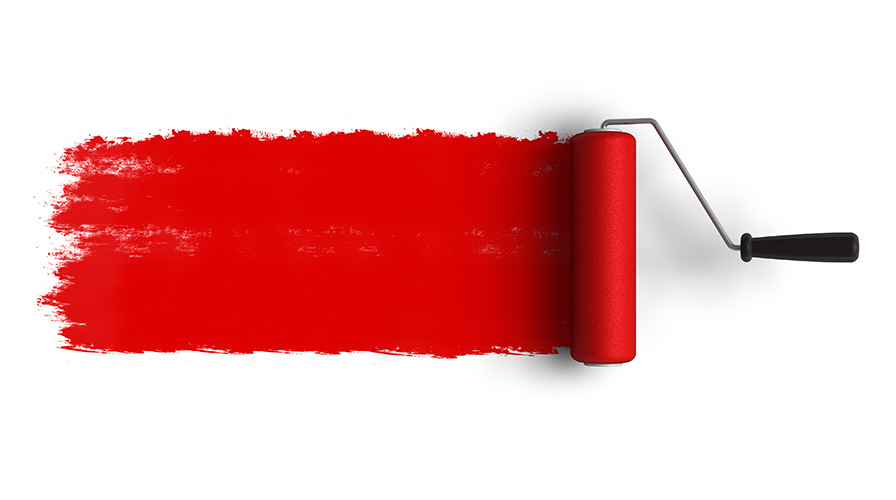 Step #6: Apply the Paint
Step #6: Apply the Paint Here at
Here at 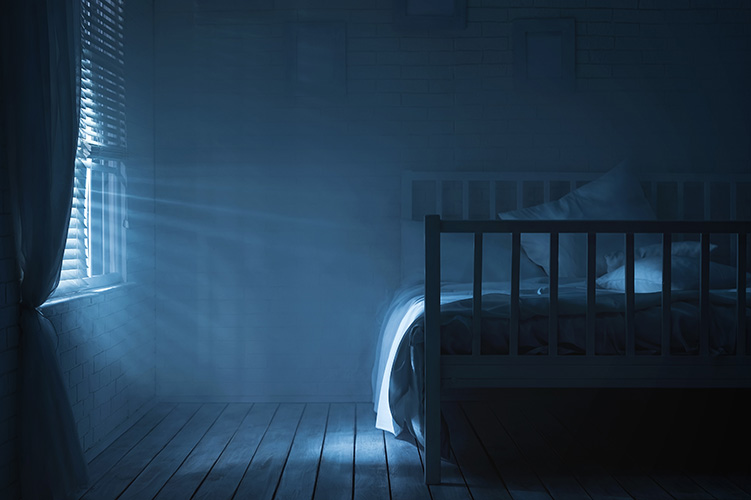 Ever had a room that is dark and gloomy with little to no natural light? When a space lacks natural light, it turns dim to dark as the day progresses. Choosing a paint color for these conditions can be quite challenging.
Ever had a room that is dark and gloomy with little to no natural light? When a space lacks natural light, it turns dim to dark as the day progresses. Choosing a paint color for these conditions can be quite challenging. Here are few
Here are few  Best Paint Colors for South-Facing Rooms
Best Paint Colors for South-Facing Rooms








